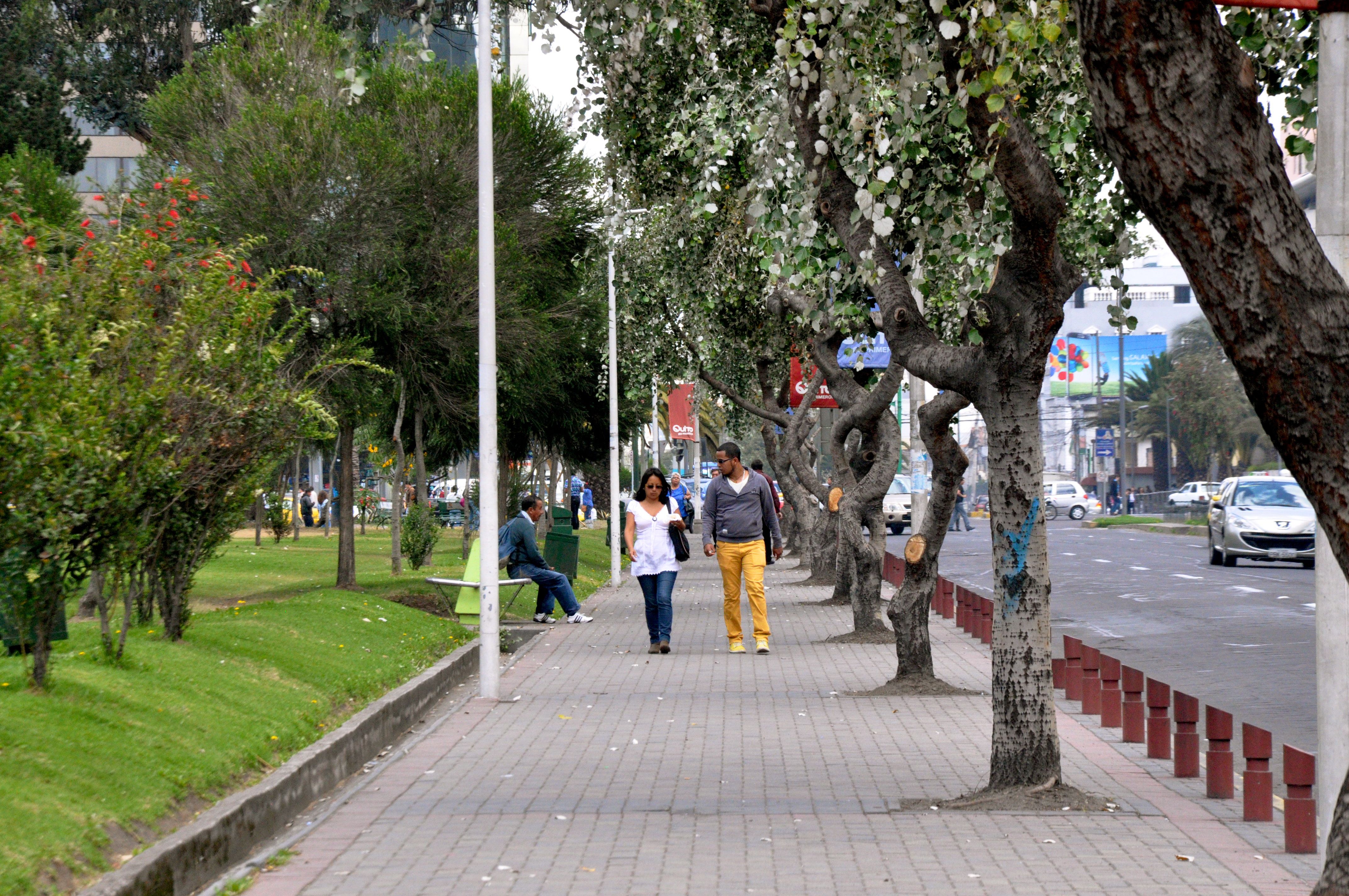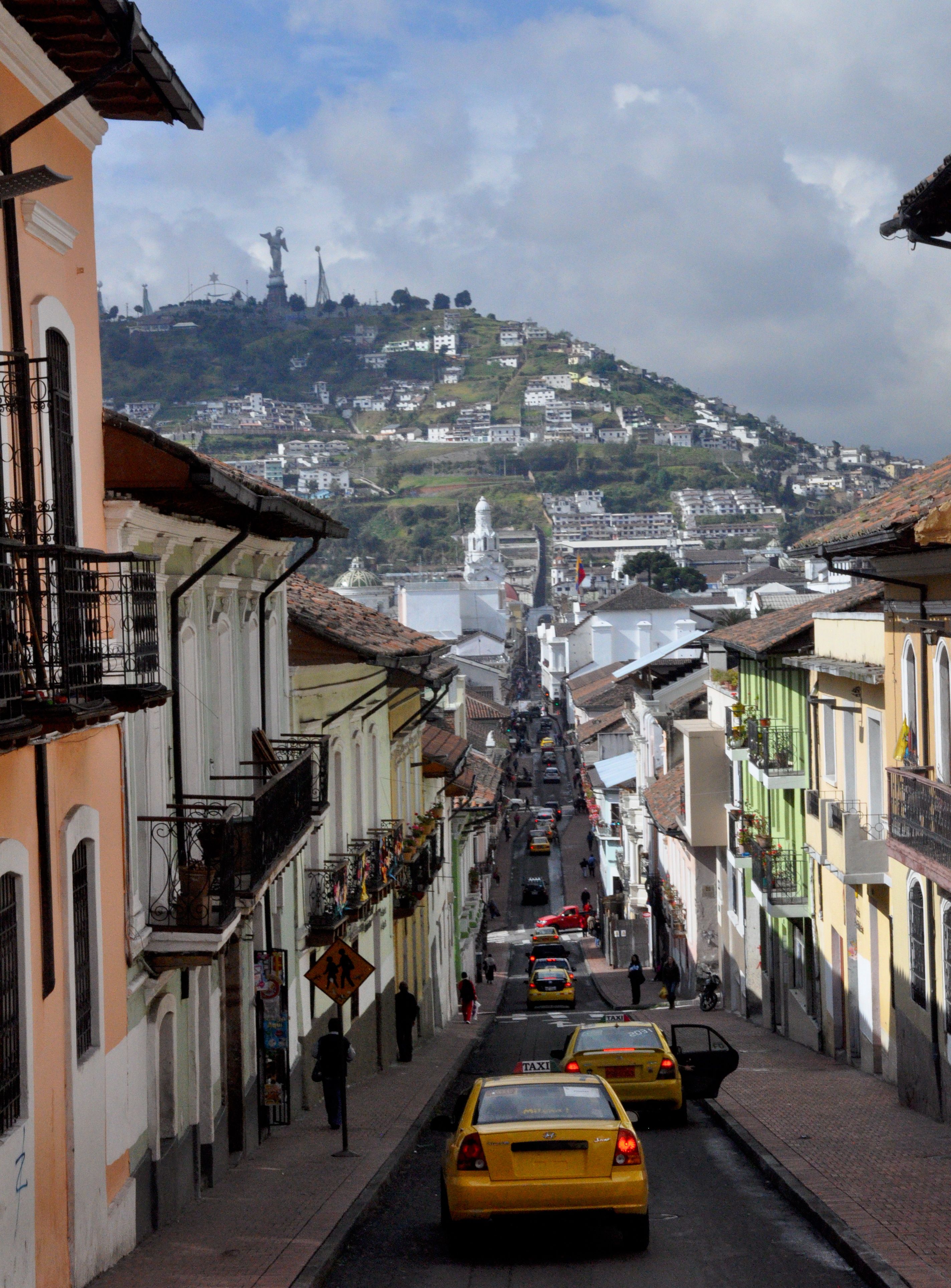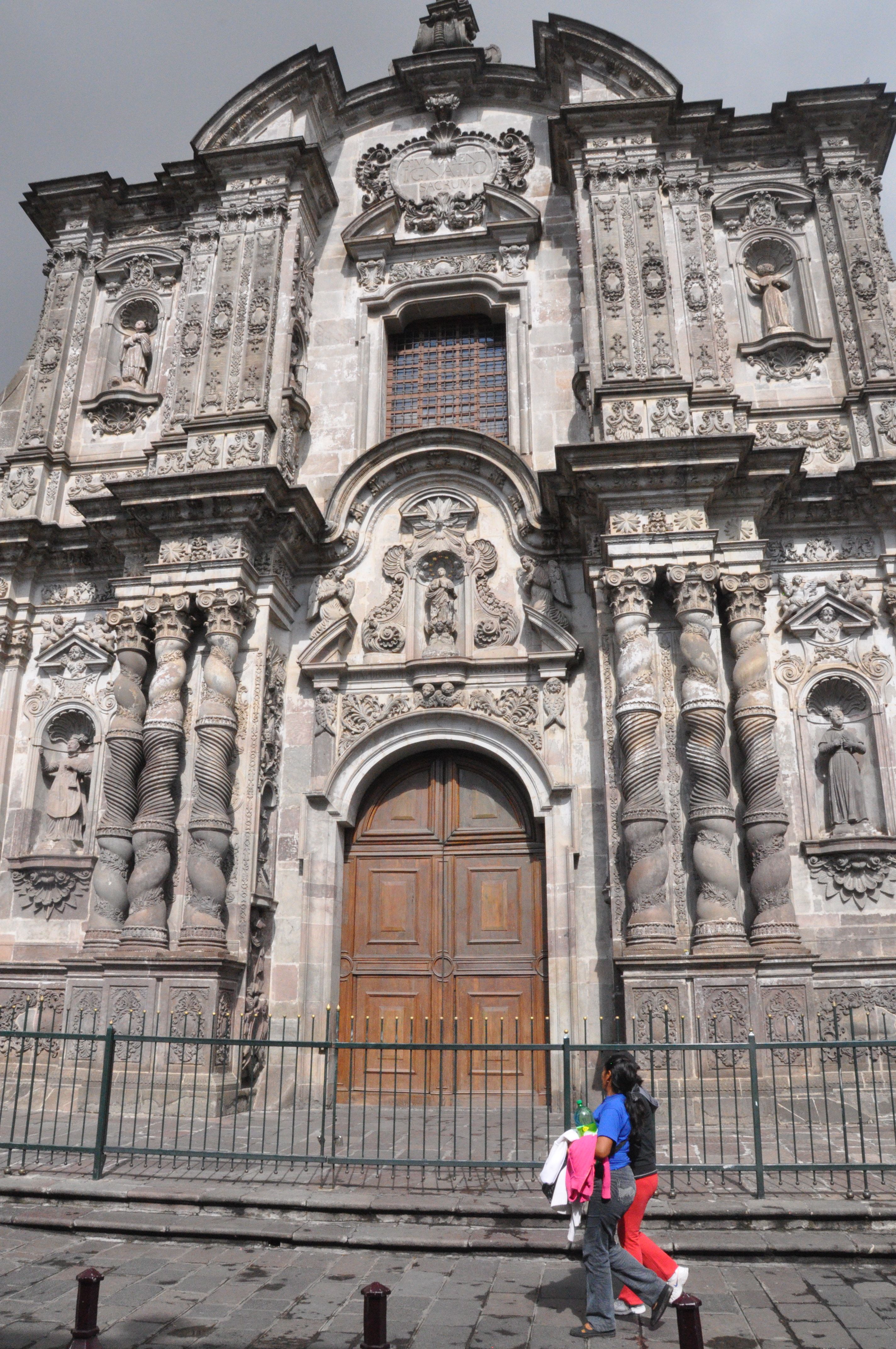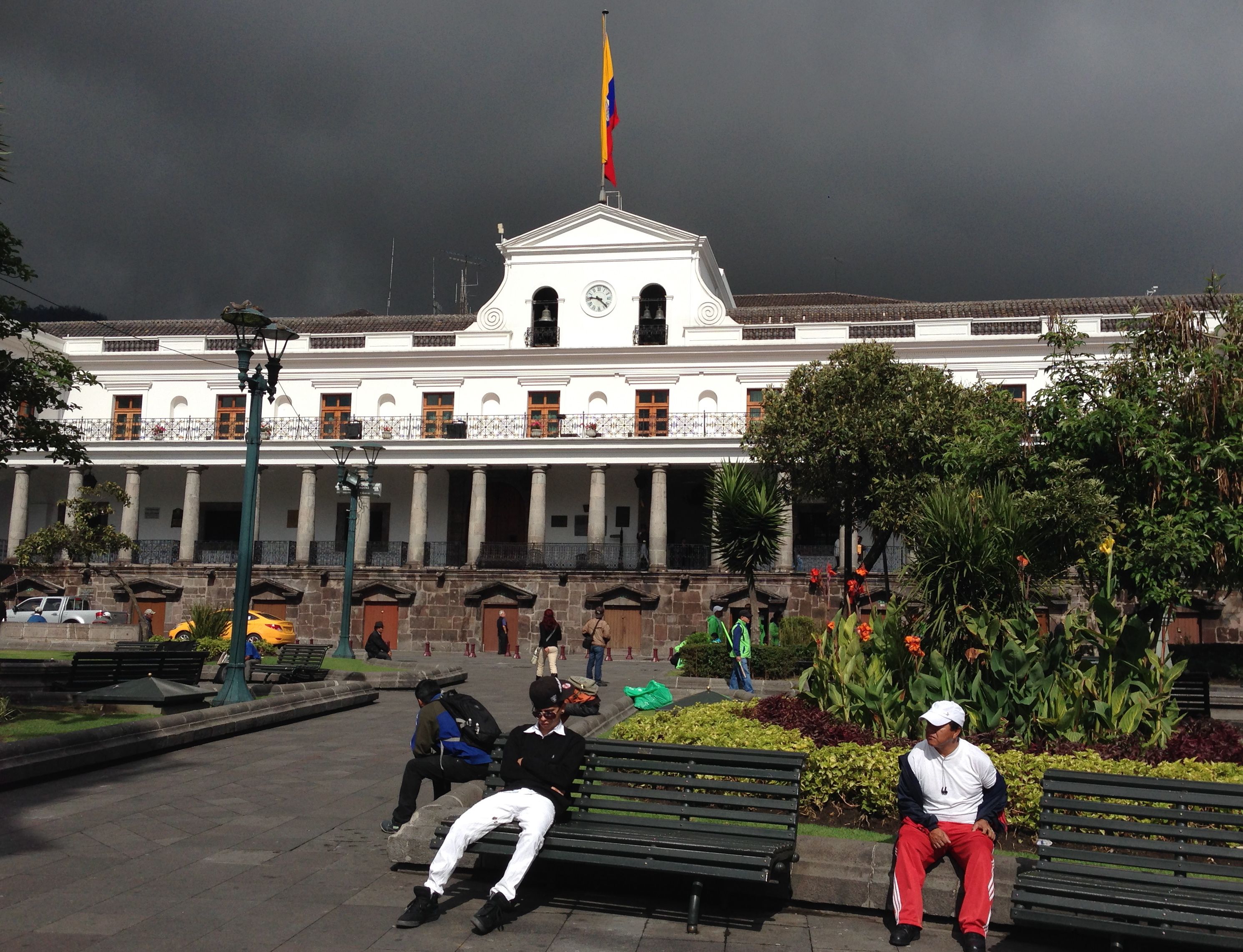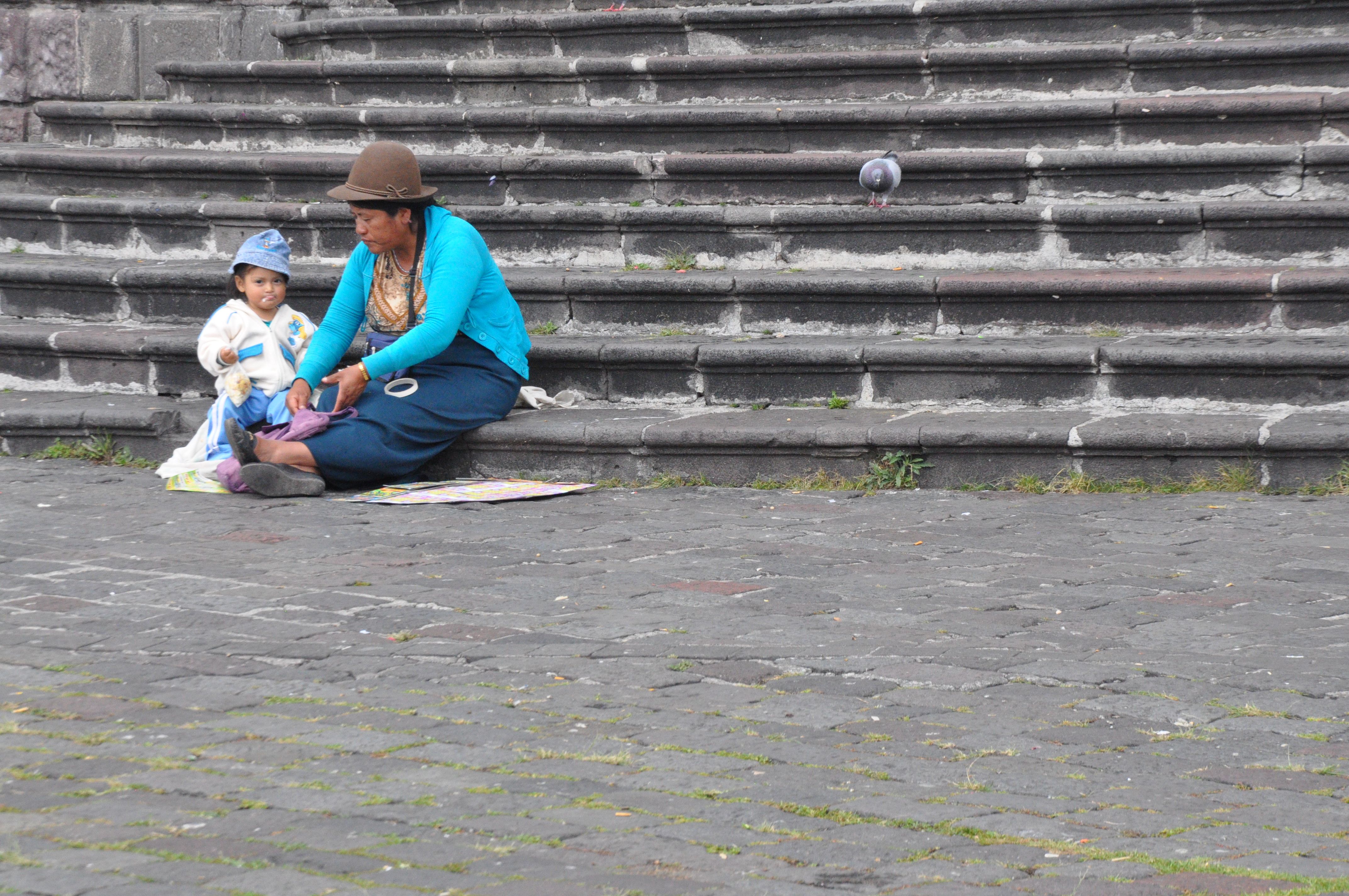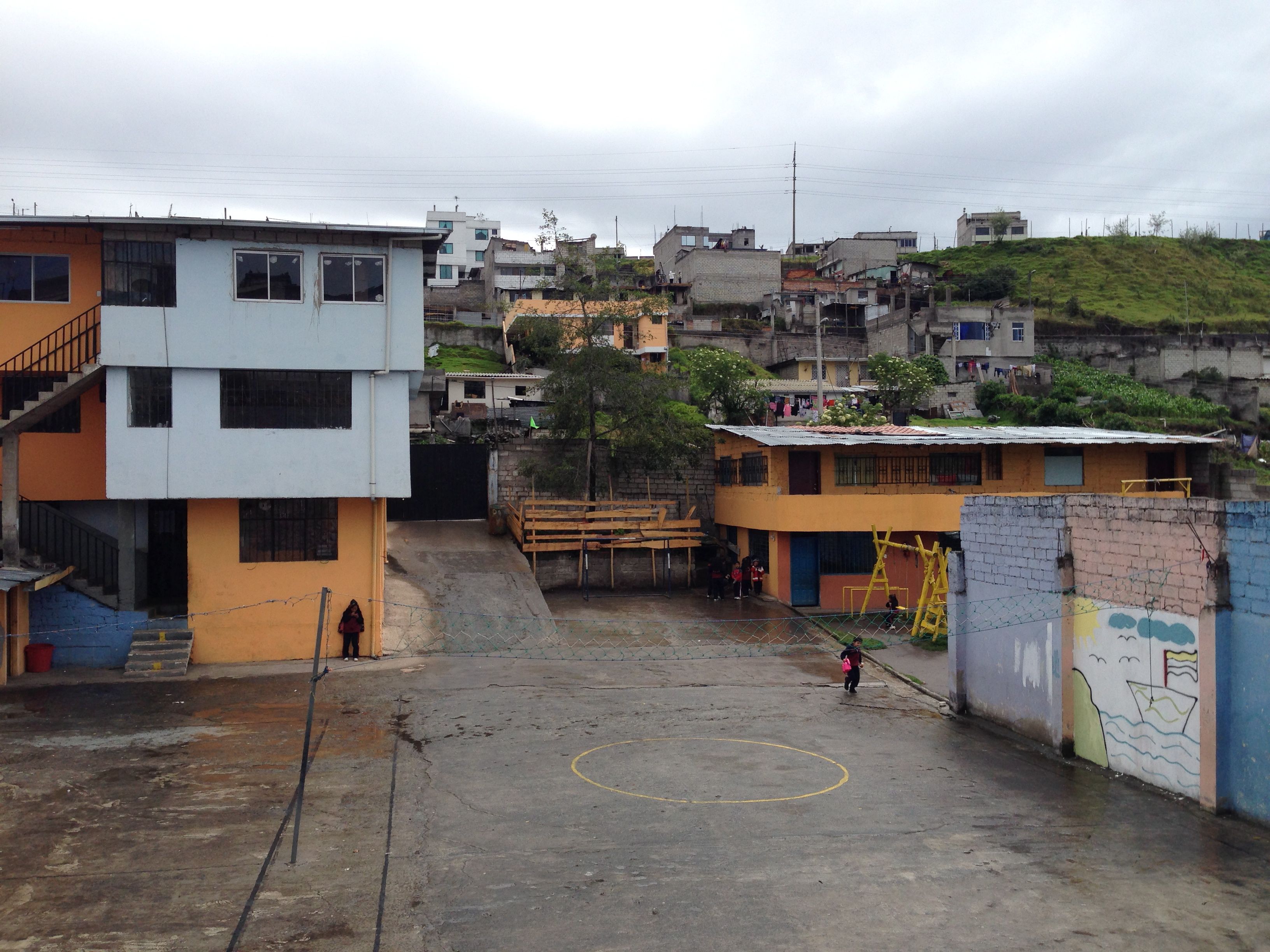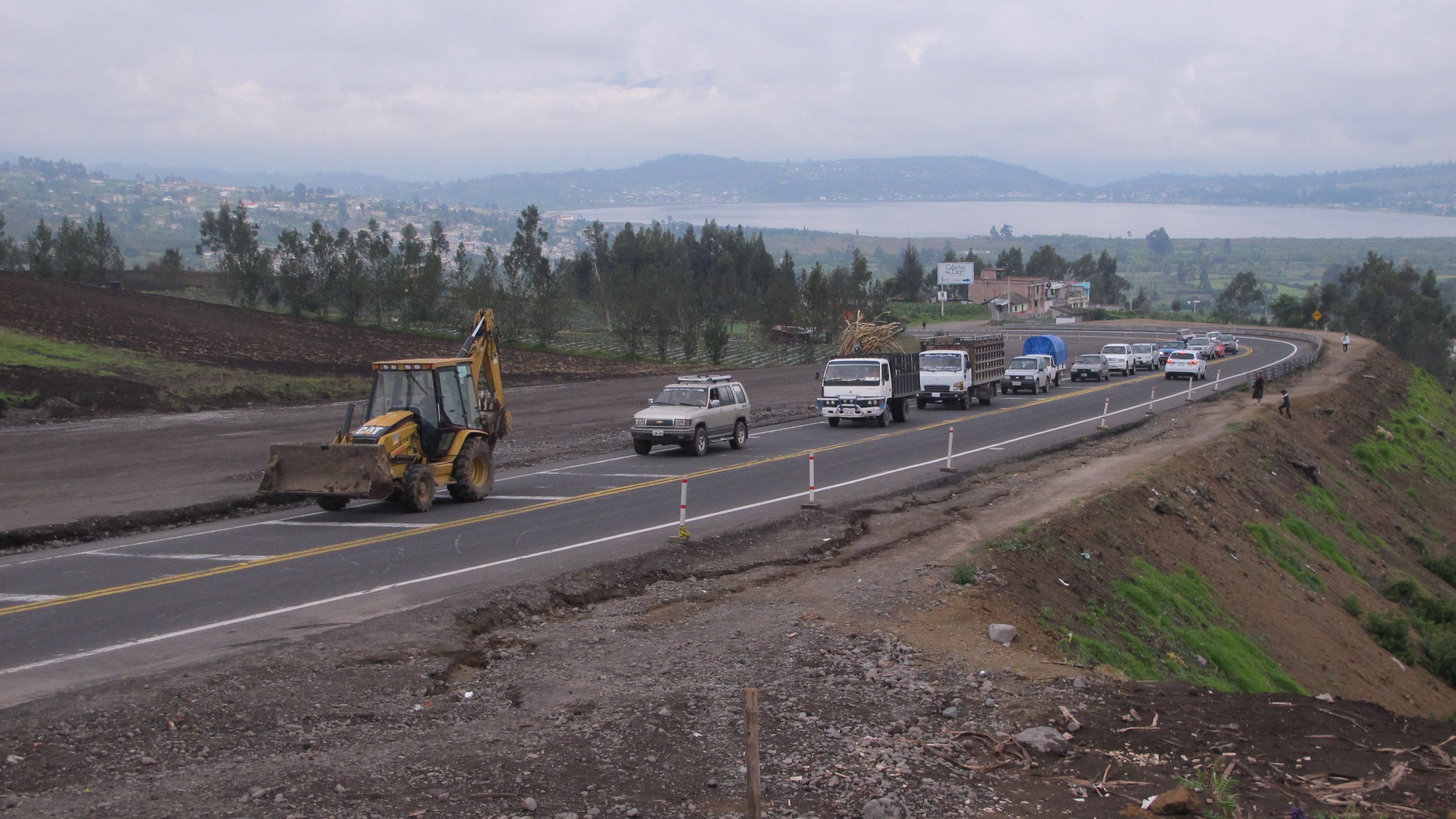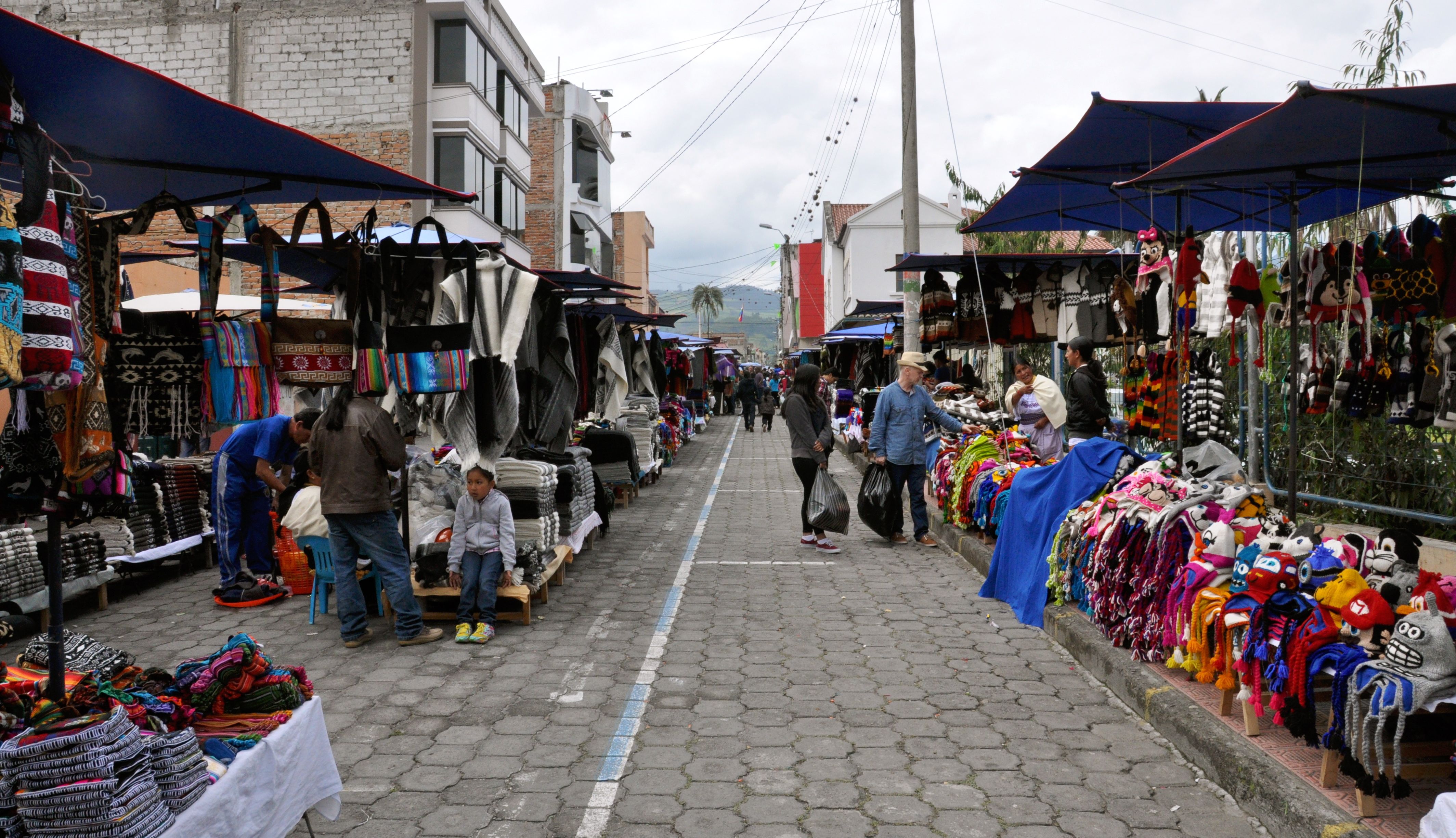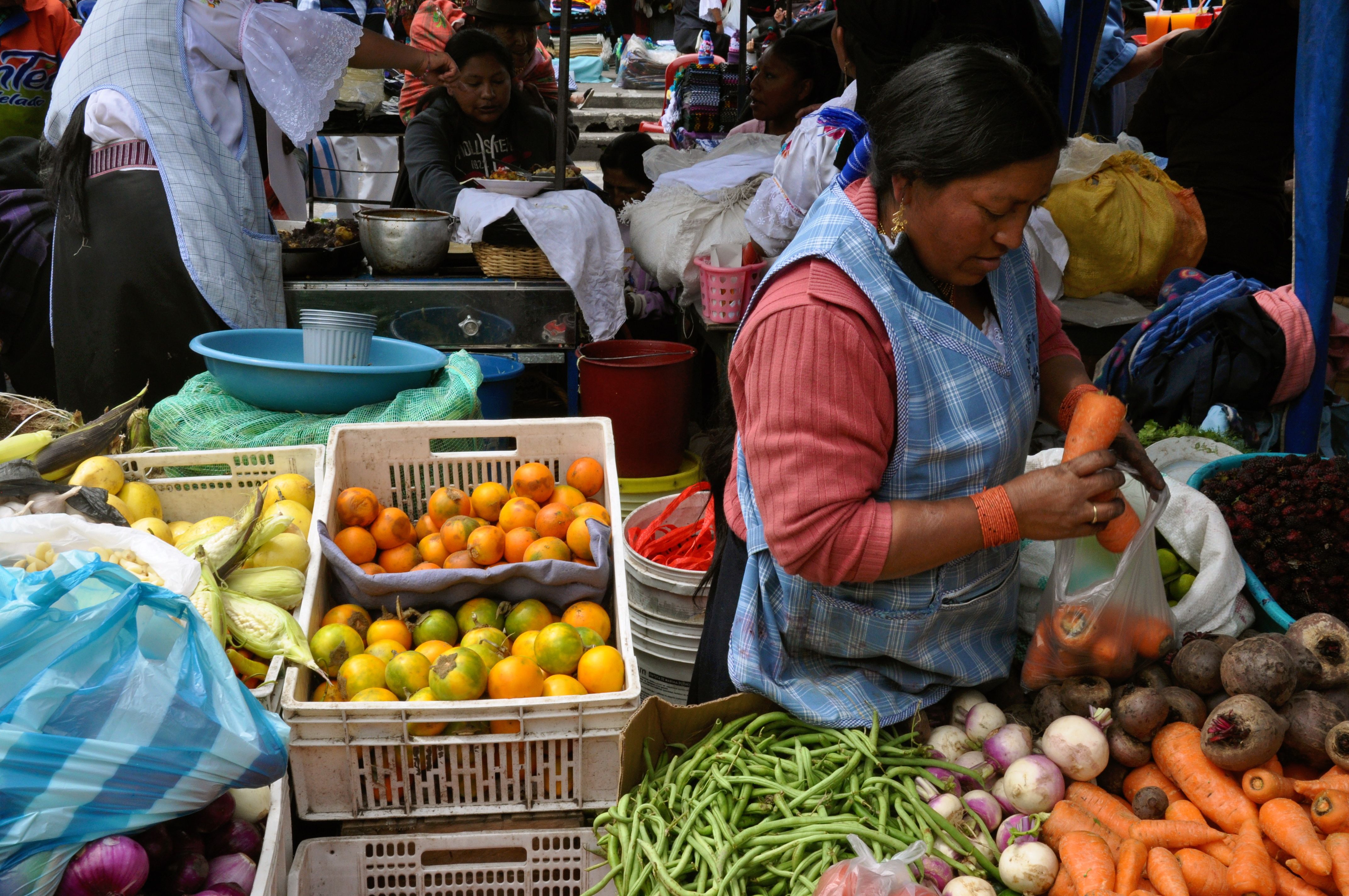Life in Ecuador is stratified. Shopping malls, shiny cars and tall apartment complexes abound in north Quito, while just a few minutes outside the city, cinder block buildings with no windows, makeshift farm fields and unfinished roads vie for space. Riding through the countryside, one can see the run-down homes of the indigenous population marked by colorful flags hanging from roofs. But it's to nearby Otavalo, with its cafes and markets, that tourists flock.
This socioeconomic segregation is reflected in Ecuador's schools—in the amount of resources for private versus public schools as well as the quality of education and funding. However, the completion of new highways is making small rural villages more accessible. This nationwide development as well as a new education accreditation system should lead to school improvements — changes that will help close the gap between those on top and those who are not.
